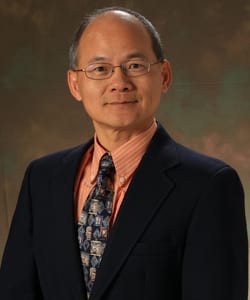5 Ways to Optimize Indoor Environmental Quality Without Sacrificing Energy Efficiency
Indoor Environmental Quality (IEQ) Solutions
Addressing the critical factors impacting your indoor environment to improve building viability and support the well-being of those inside
About the Author
In loving memory of Chris Hsieh

Chris Hsieh
Applications Engineer
Chris started with Trane in La Crosse in 1996. He was one of the contributing authors for the Trane Engineers Newsletter and the Engineers Newsletter Live programs. His engineering focus included system applications support, industry-related green/environmental programs, ENERGY STAR®, LEED, ASHRAE 189.1, and IAQ initiatives. Chris was active in various ASHRAE technical committees, most recently serving on the ASHRAE 62.1 committee, and has served as a consultant for ASHRAE’s SSPC 189.1 since 2013.
Chris also assisted LEED EB (Silver) certification for the Trane St. Paul facility and LEED NC (Gold and Certified) certifications for the Trane Taicang office and facility buildings. He was a LEED-AP BD+C, certified energy manager, UL environment DfS (Design for Sustainability) gold certified, and member of ASHRAE.
Chris was enthusiastic about youth education with a focus on STEM and volunteered his time as a math club coach for a local middle school, helping to advance the team to the state-level competition three years in a row.




































































































